
Lavoir at Run Losquet (Île Grande)
Pleumeur-Bodou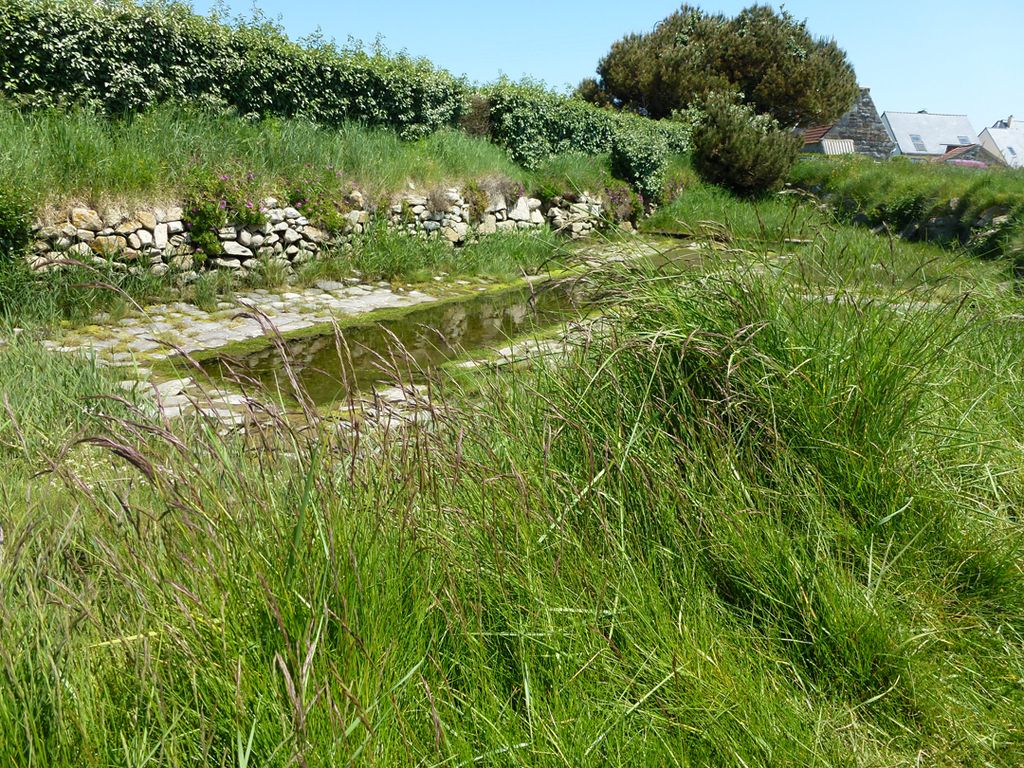
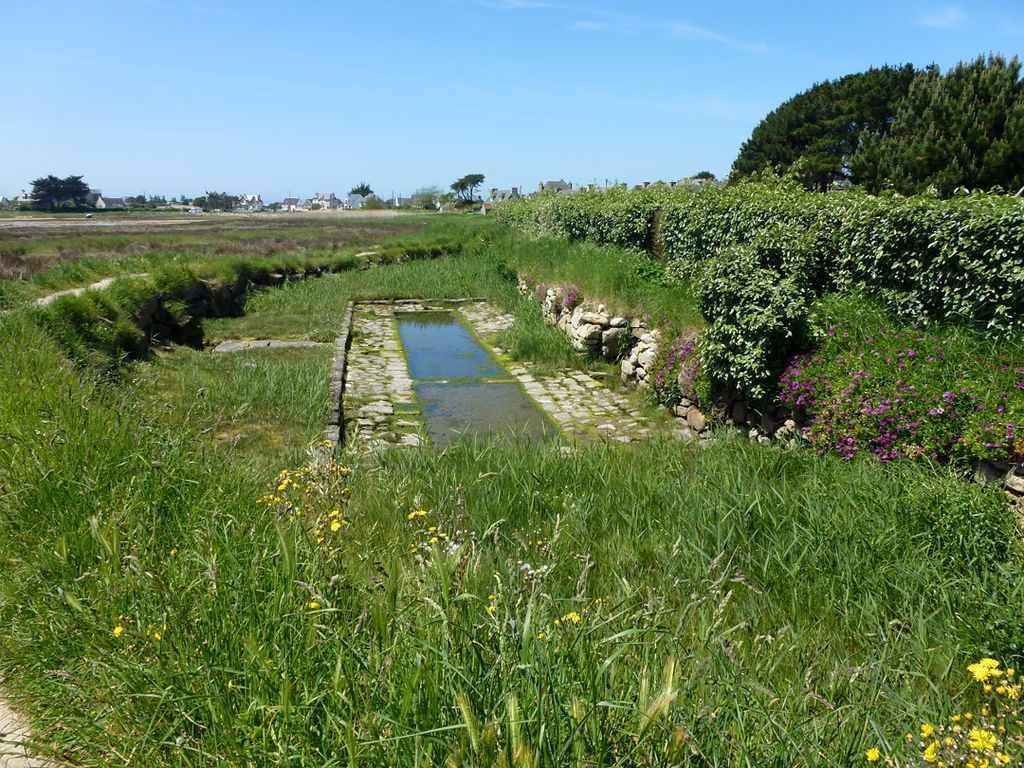
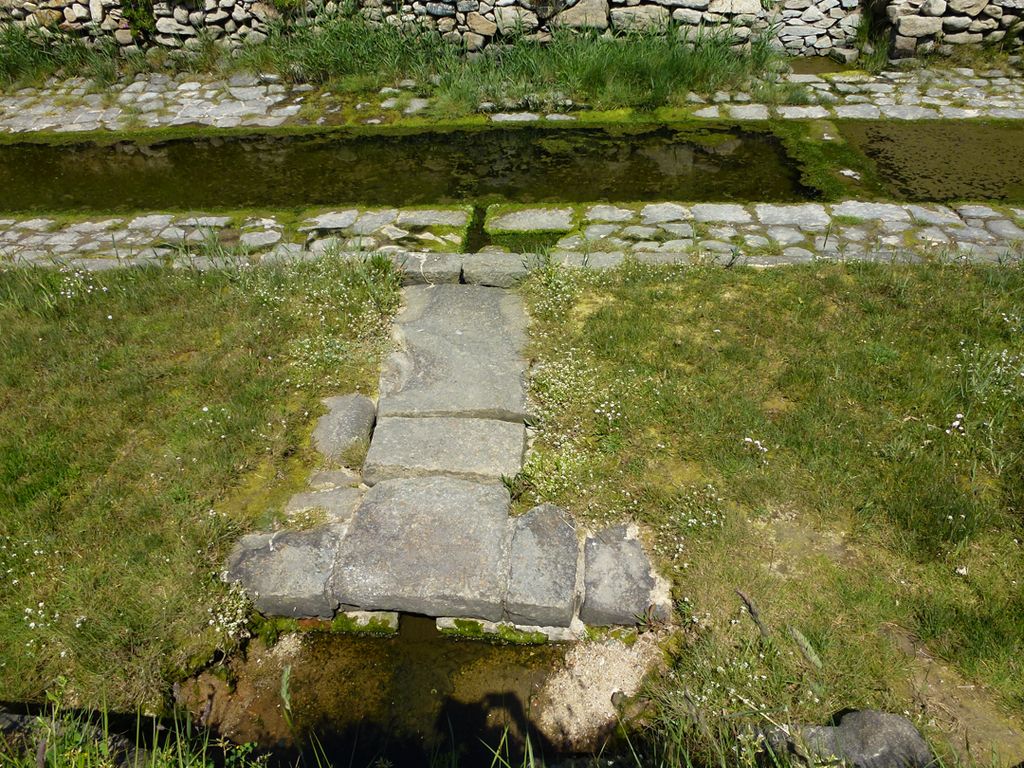
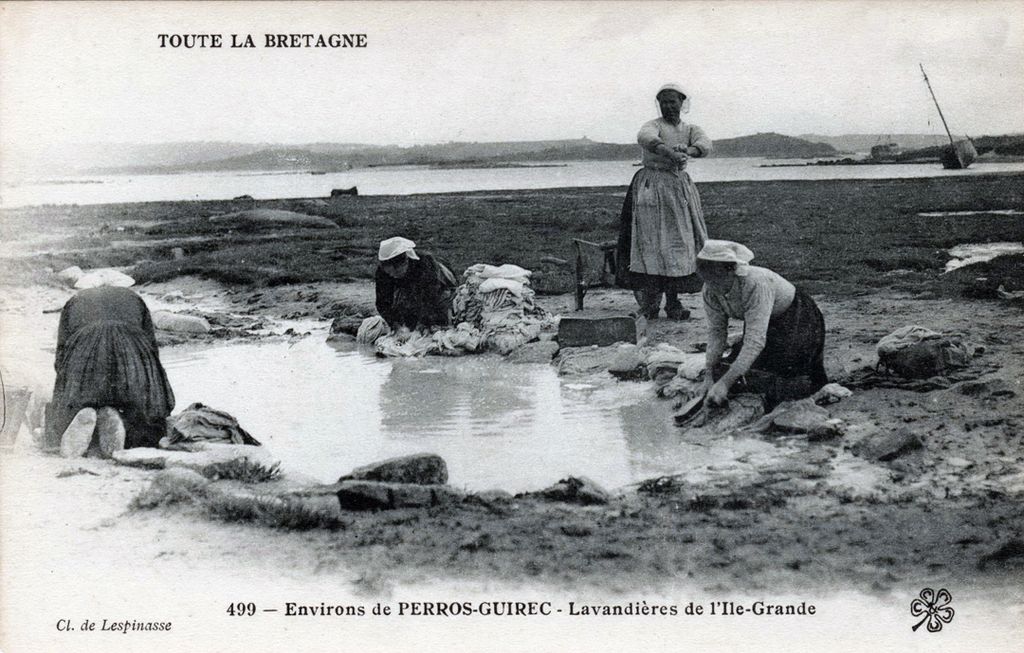
About
This large, traditional "lavoir" – an open-air pool or basin set aside for clothes to be washed – is located on Île Grande and dates from the nineteenth century. Two sources supply it and can be seen at the foot of the retaining wall. At spring tide, it was filled with seawater, but, very quickly, the salt water was replaced with freshwater and washing could resume. Opposite the wash-pool is the Toëno peninsula, whose contours have changed significantly as a result of quarry mining. You can see the traces of this activity at the old quarry sites.


Bringwiller and Kerlavos Bay
Trégastel
There is evidence of very early human religious and economic activity in this area. Its name, Brenn Guiler, meaning "hill of the Roman village", bears testament to the presence of the Romans in...  See
See
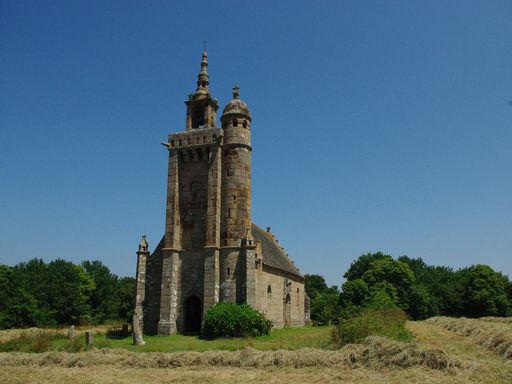

St Samson
Pleumeur-Bodou
Be sure to visit the rural hamlet of Saint-Samson, a quiet spot in the country with a chapel, a menhir and a fountain. The chapel, constructed between 1575 and 1631, is a superb example of the...  See
See
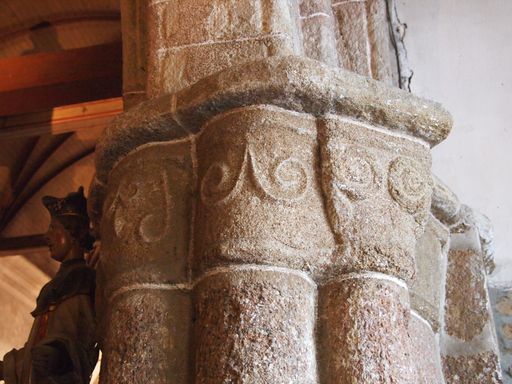

Saint Jacques Church
Perros-Guirec
Construction of Saint Jacques Church began in the eleventh century using granite from the area and further construction followed over the years, resulting in today's patchwork of architectural...  See
See
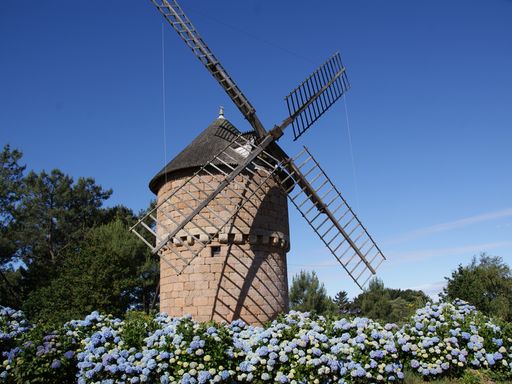

La Lande du Crac‘h windmill
Perros-Guirec
Crac‘h windmill, restored in 1986, bears testament to an era before the steam engine. Close up, you will be able to make out the engraving "1727" in the stone, likely indicating its date of...  See
See



